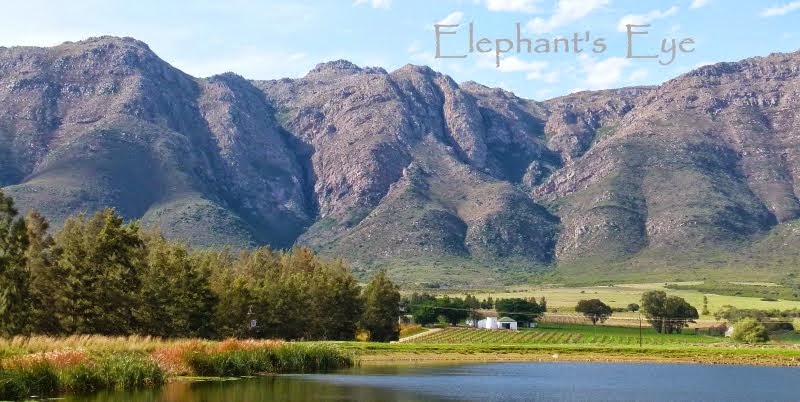
Today we went up the Piekenierskloof Pass.
For Northern hemisphere readers, we have mid-winter. When the rains come everything is covered in “very early spring” flowers. I guess they are really winter flowers, but it feels like spring. Lots of our plants – the annuals and the bulbs, practise aestivation. You know hibernation, right? Well aestivation is when the plants spend the summer on a shady veranda or porch, swirling ice cubes in a tall glass.
For Northern hemisphere readers, we have mid-winter. When the rains come everything is covered in “very early spring” flowers. I guess they are really winter flowers, but it feels like spring. Lots of our plants – the annuals and the bulbs, practise aestivation. You know hibernation, right? Well aestivation is when the plants spend the summer on a shady veranda or porch, swirling ice cubes in a tall glass.
Global warming is a threat to the Proteas as they tend to grow where it is cooler, mostly higher. As it gets warmer they will be forced to grow higher up the mountain slopes, until they reach the rock face. There is even a snow Protea – but you need to be a dedicated hiker to see them at home. Where there is now a viable continuous population, there will be distant islands.
Botanist Ronald Good identified six floristic kingdoms (Boreal, Neotropical,Paleotropical, South African, Australian, and Antarctic) from the Wikipedia article Phytochorion.

Because the whole Northern hemisphere forms one plant kingdom, Tatyana can remember Ivan tea from her childhood in Russia , find the plant again in Alaska , and Britain South Africa is one of the six plant kingdoms of the world – and that is only counting the fynbos in this Western Cape

Proteas are named after the Greek god Proteus – “who assumed every possible shape in quick succession”. So within this family you find true Proteas. And pincushions (Leucospermum). The bushes we saw today glowing in lime green or russet, which are Leucadendrons. And there are more …
Our snow caps are about 2,000 metres high. This one is called Sneeukop = snow head, earned the name today!



It's good to see these in the wild. I've kept one of my original two proteas alive (and quite happy) in the garden for over fifteen years now. My garden would be a much less interesting place if it weren't for all the contributions from your part of the world that I grow.
ReplyDeleteAh, I finally remembered to add your blog to my blogroll! Keep it up x
ReplyDelete